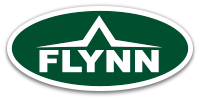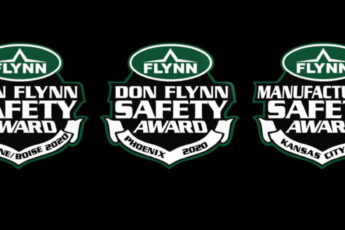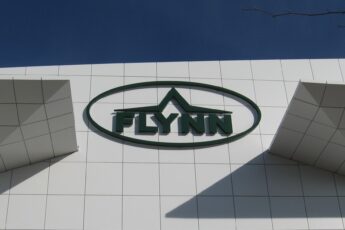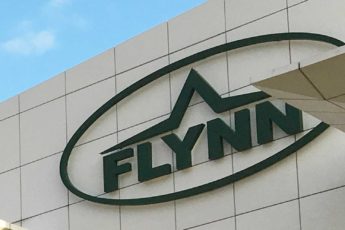4 Guidelines for Preventive Roof Maintenance
Benjamin Franklin wasn’t an authority on roof maintenance, but his wisdom may apply. He famously wrote that an ounce of prevention is worth a pound of cure. Ben was referring to preventing fires, but the same holds true for most other threats to building systems, including the roof.
While a roofing system comprises only about a third of a building’s total exterior envelope, it is of course protecting 100% of the assets therein. People, products, equipment… all depending on the integrity of that valuable protective system above them.
Unexpected roof leak repairs can be costly – certainly inconvenient – and possibly disruptive.
Naturally, that all-important system receives the necessary care one way or another, to give those assets the necessary protection. Whether through proactive roof maintenance or reactive repairs to unforeseen damage, the roof will always be repaired.
But because the roofing system is out of sight, it all too often remains out of mind. That is, until it is suddenly and unexpectedly top of mind (perhaps quite literally for anyone unfortunately positioned directly underneath a leak!).
Neil Winters, service manager at Flynn Group of Companies, has seen roof care take a back seat to other maintenance priorities.
“It’s a best practice to conduct a roof inspection and required maintenance at least twice a year, but that’s not being done in a lot of cases,” says Winters. “Property teams are very busy, so roof maintenance can sometimes slip under their radar. Also, there’s a tendency to believe that a new roof can be left alone for several years with no maintenance, but the weather is hard on every roof, no matter how long they’ve been up there.”
If little thought or planning is given to roof maintenance until there is a problem, damage could be more extensive than it might otherwise have been with proactive maintenance.
The hidden costs of a commercial roof leak
- Operational interruption, with the possibility of an impact on revenue
- Slip and fall accidents, and the potential for legal claims
- Interior repair and cleanup costs, including equipment replacement
- Mold and mildew, which can lead to air quality issues and associated cleanup costs
Without forethought, those resulting added repair costs are just as “out of sight” as the roof they are allocated to. Until the repair bill comes in, that is.
This can lead to the needless spending of thousands of dollars each year, and potentially hundreds of thousands of dollars over the design life of the roof system. Those are funds that could be allocated to the roof replacement budget, or elsewhere in the overall facility maintenance budget.
“What you can do is catch and prevent roof deficiencies before things turn ugly” adds Winters.
The case for a preventive roof maintenance program
Your accounting department can produce a report on costs associated with leak damage, lost use of space, legal claims, clean up, and operational interruptions. One of the biggest costs of a short-sighted approach to roof maintenance is premature roof replacement, which shrinks the life cycle of a roof system, and magnifies the cost of every leak repair and collateral damage within that cycle.
A preventive roof maintenance plan considers the health of your roofing system and that of your long-term budget.
Where to start with commercial roof repair and maintenance planning
As with any good strategy, a preventive maintenance plan spanning the lifecycle of a roof system starts with an objective assessment of the current health of that system, and a diagnosis of any potential problem areas. A commercial roofer or roofing consultant can provide a detailed report on two dozen or so areas of the roofing system, usually with photos and recommendations to accompany the situation description.
A year-by-year proactive maintenance plan can then be created. A good one accounts for short-term problems like weather damage and rooftop equipment changes, while mitigating longer-term effects of exposure, condensation, plant growth, and structural movement. This plan marches you and your budget right up to the roof’s ultimate replacement date, aiming to give you certainties in cost and timeline.
“No two maintenance programs are going to be alike,” says Neil Winters. “You need a qualified person up there who knows what they’re doing and can tell you exactly what kind of repairs are needed. They’ll also have the specialized tools and processes to get the work done.”
Commercial roof maintenance guidelines
A few guidelines can have a positive influence on your maintenance strategy:
- Adopt a proactive approach. Don’t wait for the roof to ask for help.
- Have a commercial roofing contractor perform inspections and preventive maintenance twice a year
- Track all consequential damage and incidental costs associated with roof leaks, to support your case for a preventive maintenance program
- Work with your roofing contractor to use life-cycle costing, to maximize the roof’s service life and optimize your maintenance budget
Roof repairs can be unavoidable, unforeseen, and disruptive, but they can be less of each of those things with a preventive maintenance plan in place. Facility managers can secure a degree of long-term control and certainty when it comes to roof system life cycle and budget.
Your roofing system may be out of sight, but a preventive maintenance plan keeps it out of mind. And, as Ben Franklin would agree, lighter on the balance sheet.
Read about Flynn’s commercial roof repair and maintenance services.
 Total Building Envelope
Total Building Envelope

